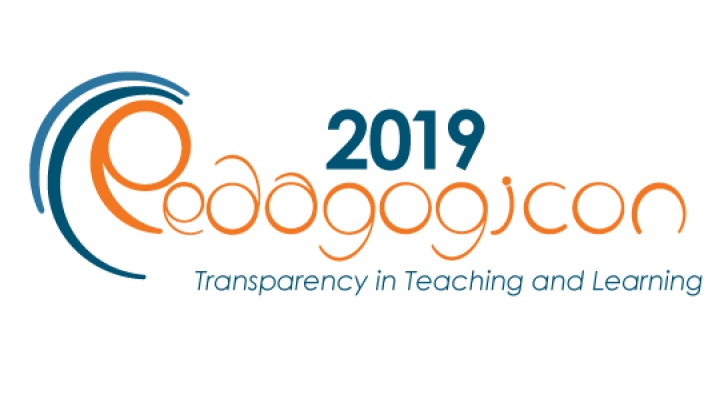Publication Date
2020
Abstract
Hattie’s (2018) synthesis of 1200+ meta-analyses provides an extensive view into what actually works in schools and classrooms to improve student learning. Overwhelmingly, evidence shows that the most positive student-learning outcomes stem from teaching and learning that is explicit, deliberate, transparent, goal-based, feedback-oriented, and appropriately challenging. In this paper, I discuss how I used findings from Hattie’s (2012) research Visible Learning for Teachers to transition my curriculum design approach from “planning for instruction” to “planning for learning.” Specific high-impact strategies to be discussed include formative evaluation, explicit success criteria, and feedback.
Creative Commons License

This work is licensed under a Creative Commons Attribution 4.0 License.
Using a Balanced Formative and Summative Assessment Model of Teaching to Improve Student Learning Outcomes
Hattie’s (2018) synthesis of 1200+ meta-analyses provides an extensive view into what actually works in schools and classrooms to improve student learning. Overwhelmingly, evidence shows that the most positive student-learning outcomes stem from teaching and learning that is explicit, deliberate, transparent, goal-based, feedback-oriented, and appropriately challenging. In this paper, I discuss how I used findings from Hattie’s (2012) research Visible Learning for Teachers to transition my curriculum design approach from “planning for instruction” to “planning for learning.” Specific high-impact strategies to be discussed include formative evaluation, explicit success criteria, and feedback.


